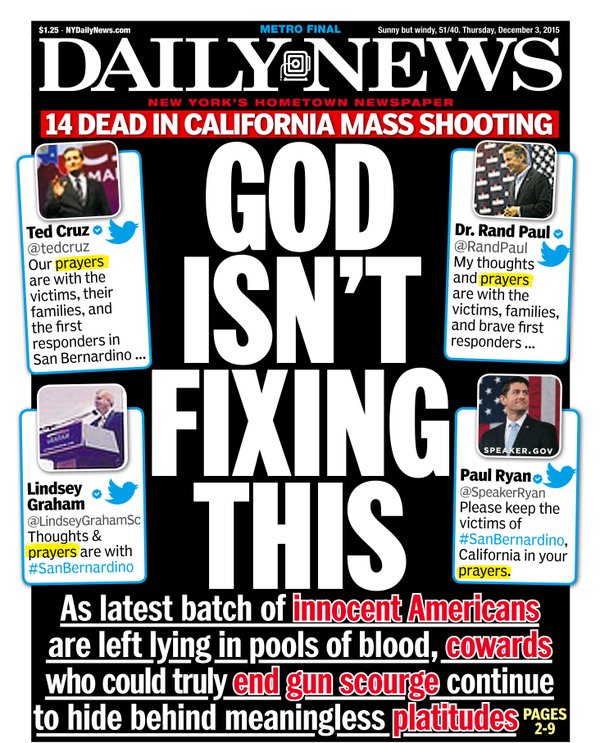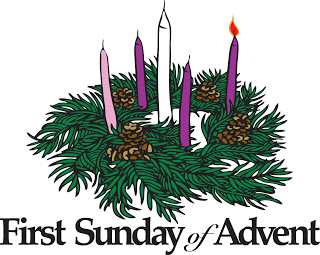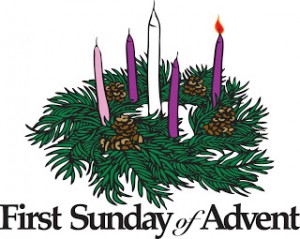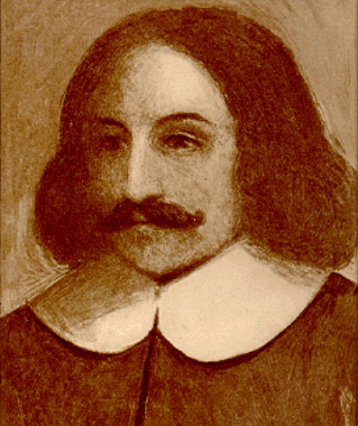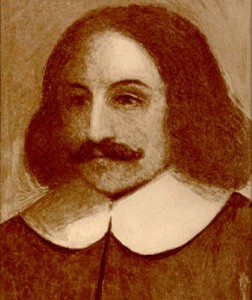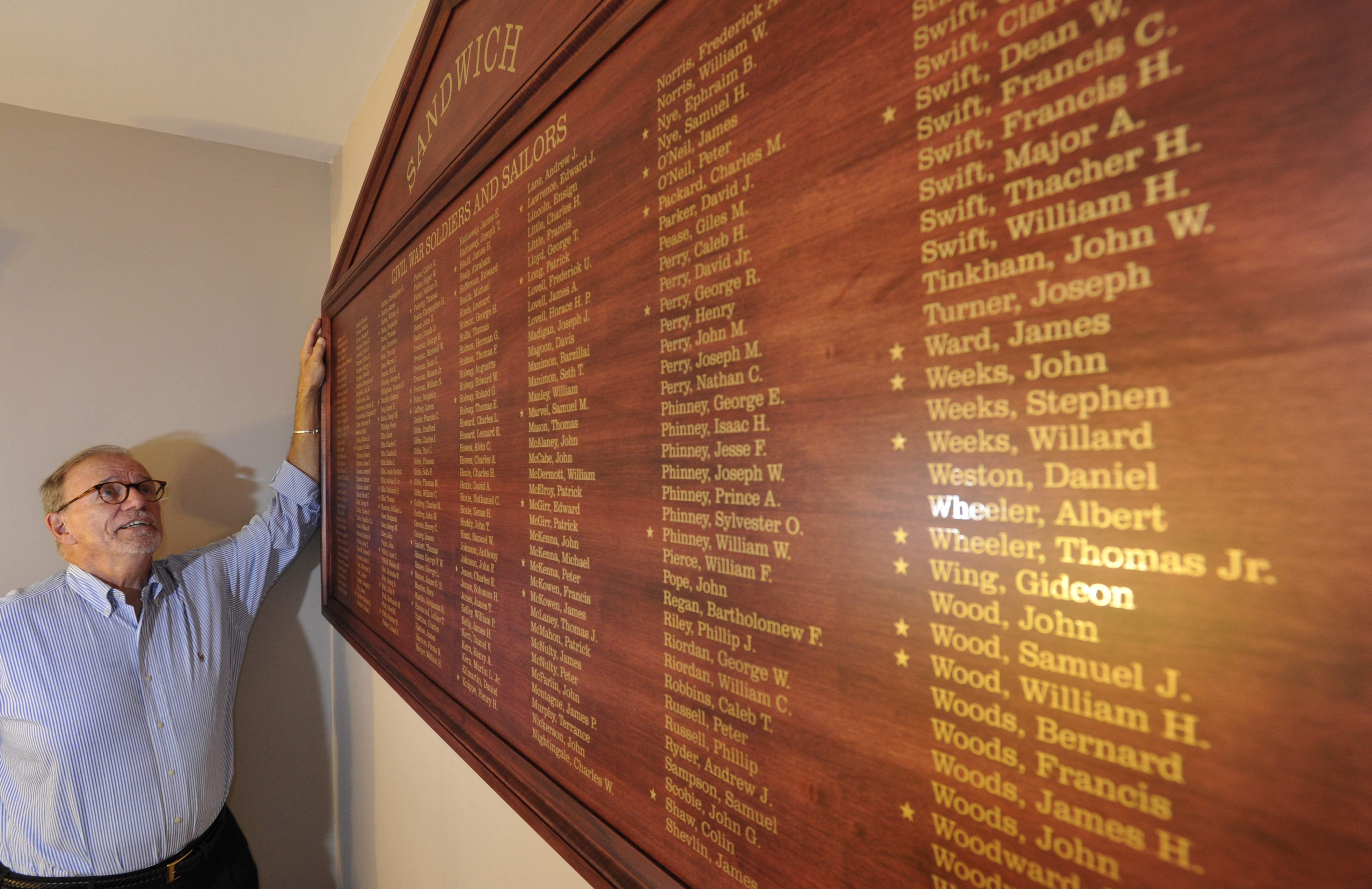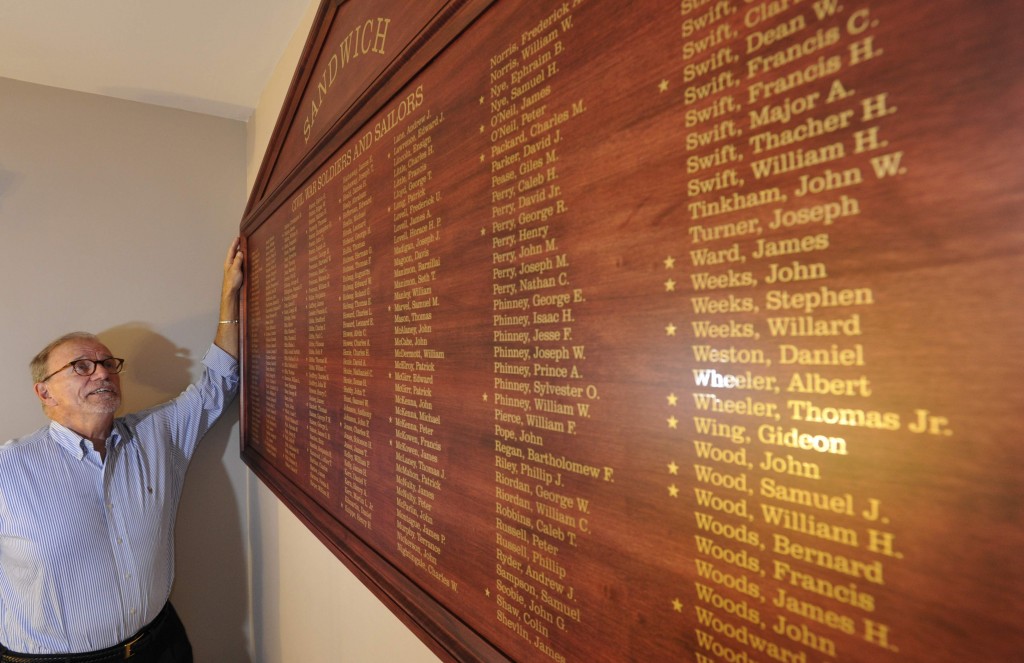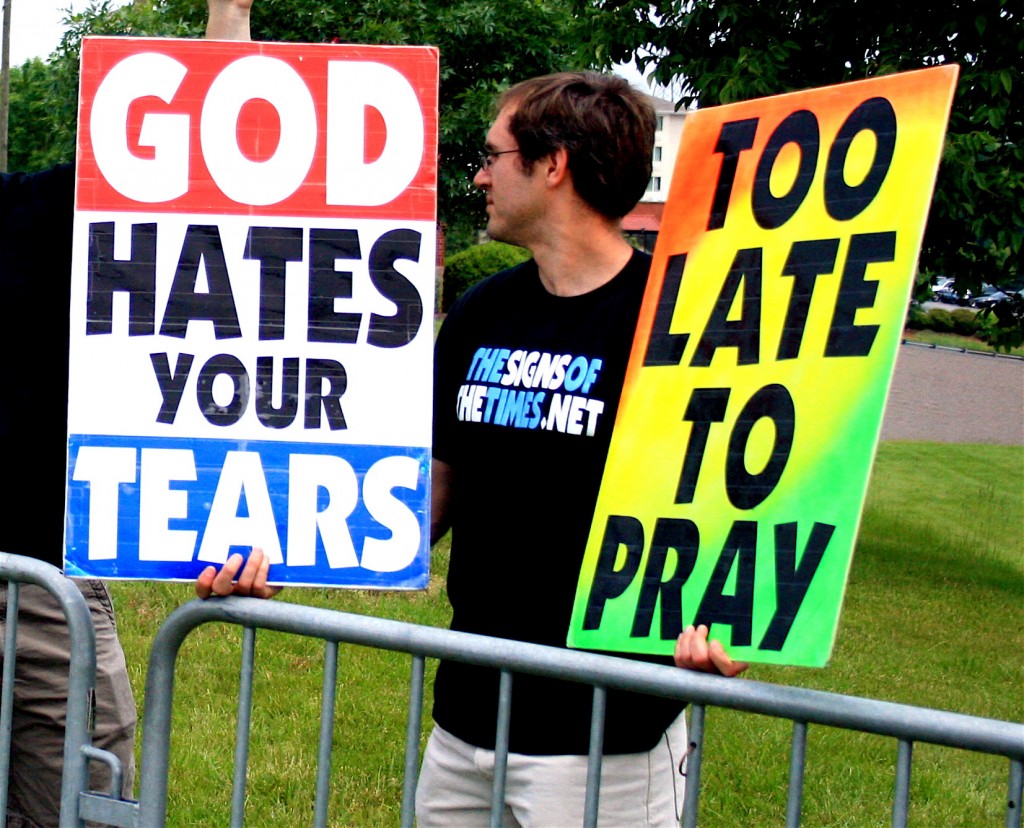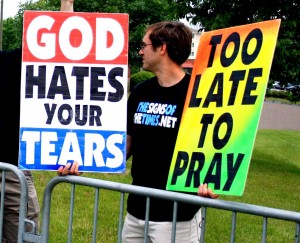I stand here this morning with a heavy heart. It is difficult enough to stand here and preach the Good News, but it is especially hard to stand here and preach the Good News after such a horrific few days of violence all around the world. How do we make sense of it all? How do we wrap our minds around what we see and hear? How does it make us feel? What is our response as a member of the human race? What is our response as Christians? All of these questions started to swirl around in my head on Friday evening, and I am not sure I have an answer to many of them.
At times like these the very human response is emotional and therefore not rational. We get mad; we want the perpetrators hunted down and brought to justice. We are sad, we feel sadness for those who are victims and by that I don’t just mean those who were killed. Victims come in many forms. Yes, those who were killed or injured are victims, but so are their families and friends, the residents of Paris, Beirut, and Syria are also victims. The police and other first responders that have to put their lives on the line, they are victims. And all of us for in some ways we are all victims as well. Our world changed just a little on Friday night, and it will never be the same again. Peace is also a victim. Sadness is a fine response.
We want justice! We want justice for the victims. We want justice for what was taken from us. Justice is fine, and justice is what rules a civilized society, but when justice turns to vengeance when justice turns to being bloodthirsty, then we have crossed the line, and we are no better than the ones who did this. Vengeance is not ours to meet out vengeance is for God and God alone.
If you listen to me, long enough you will hear me preach and teach in three main areas of the Christian life. It is my belief that these three are central to the life of a Christian, and if one of them is missing, then we are not truly a follower of Jesus Christ as we should or claim to be.
Love of God and love of neighbor. When Jesus was asked what the greatest commandment is, he responded by saying the love of God and love of neighbor on these two things hang all the law and the prophets. We do not have a choice; this is not optional, and it comes with no conditions, why? Because God loves us without condition. God loves us even if we do not love him back!
Forgiveness. Forgiveness is key in any relationship, and it is essential in the Christian life. We cannot love if we cannot forgive. This does not mean we only have to forgive those who accept our forgiveness or those who show true repentance, no, forgiveness is not for them, forgiveness is for us. In the great prayer that Jesus taught us, the Our Father, the common line is forgiven us our trespasses as we forgive those who trespass against us. We are forgiven to the measure that we forgive. If we do not forgive, we are not forgiven; it is just that simple and fundamental. The example we have been the one we always have, Jesus Christ. Hanging on the Cross, he looked at those who had just done this, and he asked God to forgive them, and by the way, he was asking on behalf of all of us.
The radical transformation of life. Jesus was a radical and Jesus was a reformer. He did not come with guns blazing; he did not force people to follow him, and he did not use the government of the day to force people to follow his ways. He merely showed them the way and if they followed great, if not he moved on. He did not yell, well accept the religious leaders of his day; he did not hold us signs are saying they were going to hell for their behavior. He gently engaged with people of all walks of life and he accepted them as they were where they were and loved them. If we are to grow in the Christian life, if we want to be people who truly follow Christ we have to have a radical transformation, our hearts have to be changed from hearts of stone to hearts of flesh filled with love, compassion, and acceptance.
The Letter to the Hebrews that we read from today points us in the direction of these three things. Today’s passage is an outline of our duty towards others:
- We must provoke one another to love and good deeds.
What example are we setting? When we walk down the street, when we speak to others, when we post online, do people know we are Christian or do they know we are everything that is wrong with being a Christian? It has been said that we may be the only Bible people ever read, what is written on our pages. As I mentioned before, Jesus did not condemn he pointed the way and showed them the example.
In a recent study by the Pew Research Forum it confirmed what most of us in the Church already know, fewer people are coming to church. When asked why they did not come, those in the 20 to 40 age range said that the church was out of touch and hypocritical. Jesus said the same thing! He called the leaders of his day hypocrites because they were holding people to a higher standard than they were holding themselves, they were calling them sinners but not showing them the way. Most of us are seen as hypocrites and sadly I think they are right.
We have to be the ones who show people the way. It has been said that saint is someone in whom Christ stands revealed. Christ cannot stand revealed if he is filled with hatred, no forgiveness, and a judgmental attitude. Christ stands revealed in us when she show compassion, love, and acceptance of all people not just the ones who look like us or think like us. Who is Christ to you and who are you Christ for?
- We must worship together.
St. Paul would say that there is no such thing as a Christian in isolation. We need each other; we need the community to hold us together. But what about our worship experience, are we a welcoming community for all? The Church is not for the righteous the church is for the sinner.
- We must not come out of fear.
Some do not come to church because they are afraid of what their friends and family will say. Not everyone grew up in a church-going family and to be the one who goes can be a frightening experience. What our friends and family think plays a large role in what we do and how we do it.
- We may not go out of fear of being judged by others.
Yesterday my copy of the Bethany Beacon came in the mail. This was my first issue, and I have to say it is truly a beautiful publication. But right on the front cover it says: “To Jesus, Bethany was a place of retreat and hospitality. May it be so for all who come here.” I believe Bethany was Jesus’ favorite place to visit. Bethany was the home of Lazarus and his sisters Mary and Martha. It was at Bethany when we see Jesus being the most human. When he went to the grave of his friend Lazarus Scripture tells us he wept. Jesus found rest and refreshment there, and that needs to be what people find here. But will they find it here?
What message do we as a community say and what do we as individuals say in the community? Are we accepting of all people? Are we accepting of all lifestyles? Are we accepting of all opinions? One of the mottos if you will of the United Church of Christ, and one of the reasons I am here today, by the way, is no matter who you are, not matter where you are on life’s journey, you are welcome here. I am sick and tired of so-called Christians who judge people they do not even know because of a lifestyle choice they know nothing about. We are hypocrites because we see the speck in another’s eye, and we ignore the plank in our own.
This past week I was called a “gay loving, Muslim loving, communist democrat” My response was thank you, but I am not communist nor a Democrat. These are not words of love, what message are we sending? Is this truly a place of hope, love, acceptance, and forgiveness or is it a place of judgment and condemnation?
It’s funny how things come along in your life. While preparing for this sermon today I came across a song that spoke to me. The songs title is Greater, and it is by the Christian group Mercy Me. If you have never heard it google it, it is amazing, and it speaks to this sense of hospitality. I will not sing it for you… you can thank me later, but these are the words:
Bring your doubts, bring your fears, bring your hurts, bring your tears.
There’ll be no condemnation here; you are holy, righteous, and redeemed!
Cause I hear a voice, and he calls me redeemed when others say I’ll never be enough. And greater is the one living inside of me then he who is living in the world.
Every time I fall there’ll be those who will call me a mistake well that’s ok.
Cause I hear a voice, and he calls me redeemed when others say I’ll never be enough. And greater is the one living inside of me then he who is living in the world.
Are we truly that place of rest for all of just some? Are you here to find rest and refreshment?
Flowing from this is the third duty we have to others, and that is to be an encouragement to one another.
The highest human duty is encouragement, the world will try and discourage us, but we have a Christian obligation to lift each other up and to encourage them along the road.
I have a cousin who several years ago ran the Boston Marathon. Now I have never run a marathon just talking about it now is exhausting me, but he came from Texas to Boston to run the Marathon. When it was all over he said it was the most difficult thing he had ever done but the encouragement he felt all of the course is what helped him through. People he did not even know where cheering for him and pushing him forward with their positive energy. This is what we have to do we need to lift each other up when we fall.
A man is walking down the street, and he falls into a deep hole. He yells at the passersby and asks them to help, and they all say they cannot help they do not know how. Then a friend walks by, and he says hey Joe can you help me out of this hole? Joe jumps down into the hole with his friend. The friend looks at him and says are you crazy now we are both down here. Joe says I know but I have been down here before, and I know the way out.
We have all fallen, and we all need a hand up and we all need a friend like Joe who will jump in the hole with us, not to judge us, but because they have been down here before.
So back to the questions I asked at the start:
How do we make sense of it all? How do we wrap our minds around what we see and hear? How does it make us feel? What is our response as a member of the human race? What is our response as Christians?
What is our response?
As a Christian, our first response should be prayer. Our other responses need to be compassion and love and forgiveness. We seek justice for those who were killed and injured, but that justice cannot turn towards vengeance and the desire for blood, all that does if try and fight evil with evil and that does not work, just look around.
Dr. Martin Luther King said, “Darkness cannot drive out darkness; only light can do that. Hate cannot drive out hate; only love can do that.” Jesus came to bring the light, and he gave that light to us. What is our response? We need to be the light, not the darkness.


